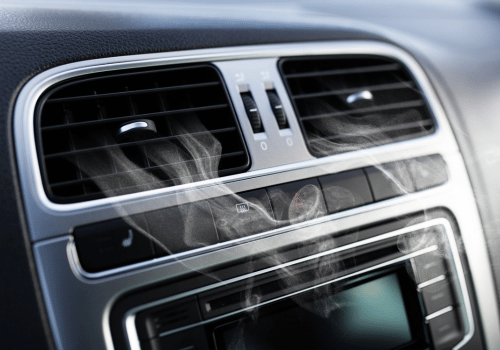What You Should Know About Your Car Battery

How A Battery Works
That sinking feeling when your car won’t start…most of us have been there at one point or another and it all could have been so easily prevented. Fortunately knowledge is power and understanding how your battery works, what its limitations are, and how to recognize the warning signs will help not get caught in this position again. First, a short lesson on how a car battery works:
How Long Does A Car Battery Last?
The average life of a battery is 3-5 years. At some point all batteries die. The lead chemical coatings on the battery cell plates deteriorate to the point the battery can no longer provide sufficient charge.
THINGS THAT DECREASE THE LIFE OF A BATTERY
- Frequent short driving trips. Your car’s alternator takes over once your battery starts your car. It takes the alternator at least 20 minutes of driving to recharge the battery.
- Faulty alternator. If the alternator isn’t working properly it will drain more energy from the battery.
- Corroded battery terminals prevent the battery from fully recharging.
- Leaving lights on after your car is turned off.
- Extreme cold. Cold engine oil is thicker and requires more energy to get it moving. Simultaneously, cold slows down the chemical reactions happening inside the battery.
- Extreme heat. High heat can cause the sulfuric acid bath your battery cells live in to evaporate resulting in internal structural damage. (Extreme heat is much harder on batteries than extreme cold.)
HOW DO YOU KNOW WHEN YOU NEED A NEW BATTERY?
The most dramatic way you’ll know you need a new battery is when your car won’t start. Generally, it’s easy to avoiding getting to this point. Part of our regularly scheduled maintenance program here at Pellman’s is to check the health of your battery. Our diagnostic test tells us if your battery is healthy and if not, gives us a general idea of how much life is left.
OTHER WARNING SIGNS
- An old battery. To determine the age of your battery look for the 4-5 digit code on the battery cover. Look for a letter (A-L.) The letter tells you the month the battery was made (A=January, L=December.) Following the letter is a number which represents the year the battery was made. A number “1” means the battery was made in 2011. (The rest of the numbers in the code designate where the battery was made.)
- Car takes a l ong time to turn over.
- Low battery fluid level warnings.
- Swollen battery case (usually caused by extreme heat.)
BE SURE TO RECYCLE YOUR OLD BATTERY
At Pellman’s we recycle batteries. If you are the DIY type, please be sure and recycle your old battery. A typical car battery contains up to 20 pounds of lead and a gallon of sulfuric acid. Don’t throw it in the landfill!
Curious how batteries are recycled? Check it out:















